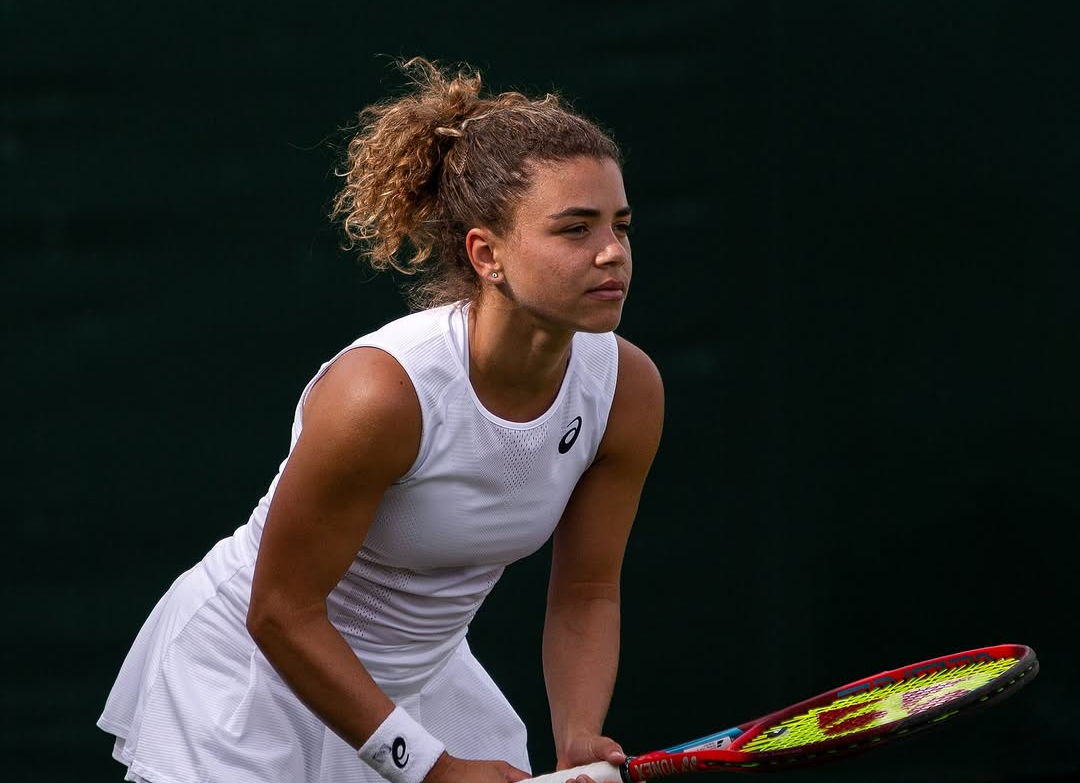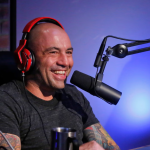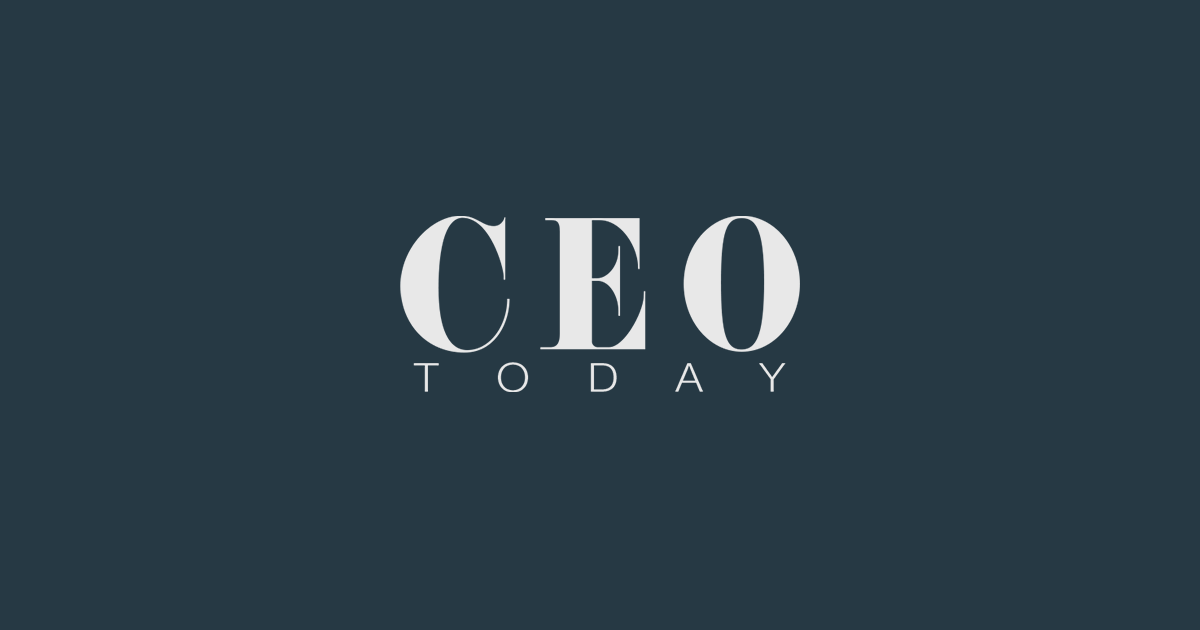A Shake-Up in the Making: Jasmine Paolini’s Coaching Gamble
When a top athlete parts ways with a coach after a decade of collaboration, it’s more than a tactical shift—it becomes a moment of reinvention. In March 2025, Jasmine Paolini announced the end of her long-running relationship with Renzo Furlan, and by mid-year she’d also cut ties with her newer coach Marc López. Now she has tapped Federico Gaio (a former player) as her provisional guide. These changes could redefine her brand, performance trajectory, and marketability.
Let’s unpack what this coaching carousel says about athlete branding, risk management, and how Paolini might be positioning herself for the next phase of her career.
Paolini’s Rise: What She Built with Furlan
Paolini’s partnership with Renzo Furlan began in 2015, but their full-time collaboration crystallized around 2020. Under Furlan’s guidance, Paolini transformed from a journeyman player into a contender at the top level. In 2024 she reached the finals at Wimbledon and Roland Garros, clinched doubles gold at the Paris Olympics, and helped Italy win the Billie Jean King Cup. Furlan was honored as WTA Coach of the Year for orchestrating that breakthrough. Women's Tennis Association+2ESPN.com+2
This was more than a player-coach match; it became a narrative: the Italian underdog rising, the slower build that culminated in dramatic peaks. Her brand as a consistently improving, resilient champion appealed to fans and sponsors alike.
Yet, even great partnerships age. Over time, tensions emerge over direction, ambition, and renewal. Inevitable wear and divergence in vision lead to ruptures.
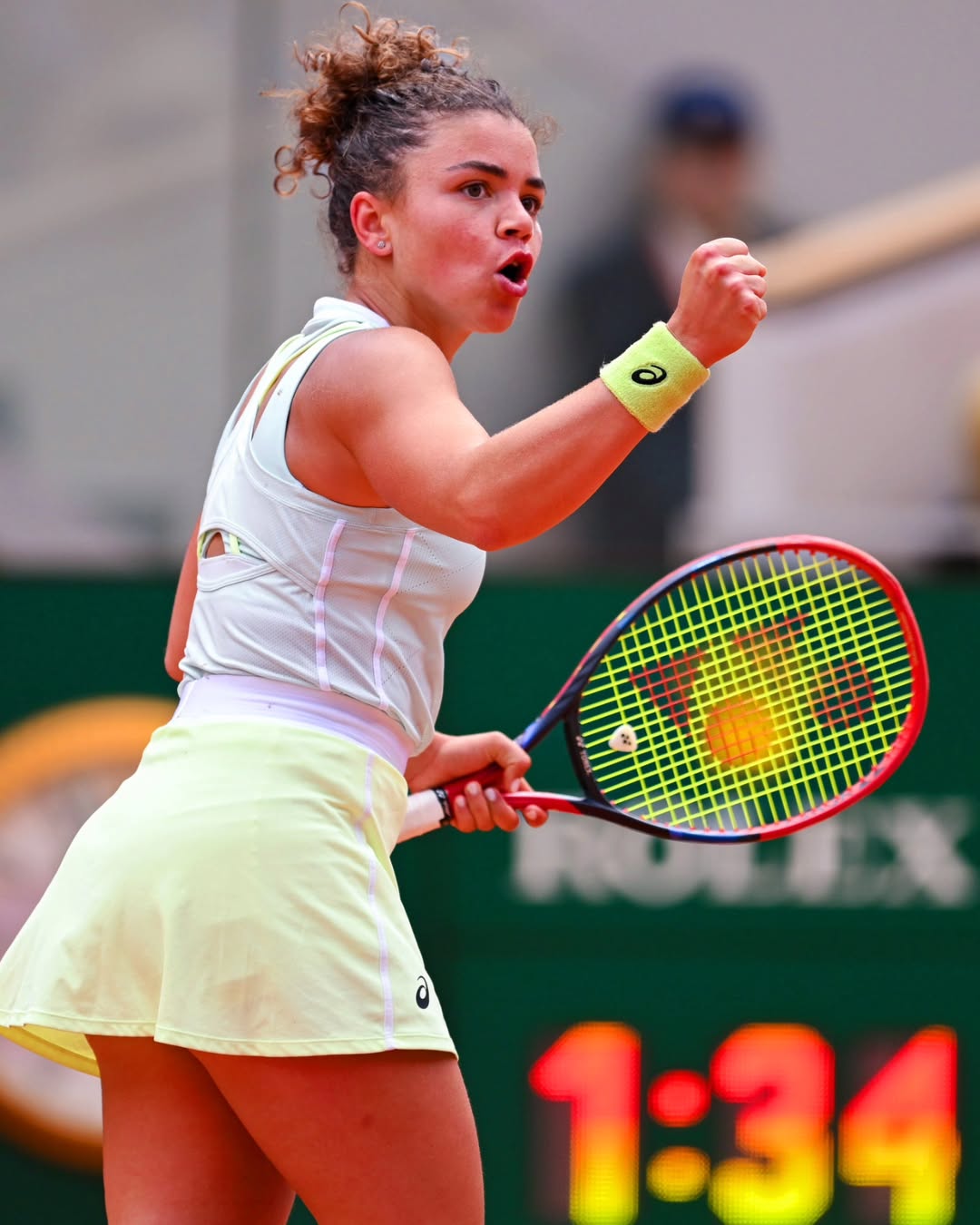
Jasmine Paolini
The Lopez Experiment: Short, Intensely Covered
In April 2025, Paolini surprised many by hiring Marc López, a former doubles world No. 3 who had been part of Rafael Nadal’s coaching entourage. Tennis.com+2ESPN.com+2 Under López, Paolini immediately produced results: she won the Italian Open (WTA 1000) and lifted the women’s doubles title at Roland Garros with partner Sara Errani. Diario AS+3ESPN.com+3Tennis.com+3
But the honeymoon phase proved brief. Following her early exit at Wimbledon 2025, Paolini and López parted ways just months into the collaboration. In her public statement, she thanked him for his energy and acknowledged the progress made, while also noting the need to reflect and reset. Reuters+3ESPN.com+3Tennis.com+3
Some might call this instability. Others see it as ambition in motion. Switching coaches impulsively carries risk—but staying static when ambition spreads is arguably more dangerous for an athlete in her mid-career.
Enter Federico Gaio: A Bridge or a Gamble?
Paolini’s latest move is to enlist Federico Gaio—a former ATP player who has not competed professionally for over a year—as an interim coach through the US Open stretch. Tennis365+2thetennisgazette.com+2 Gaio’s role, at this point, is experimental: he assists with tournament prep, match planning, and perhaps psychological support while a more permanent solution evolves. Tennis365+1
This decision raises interesting questions. Does Paolini prioritize trust, flexibility, and shared vision over established prestige? By choosing someone perhaps more malleable, she gains latitude to build something aligned with her next-level goals.
What This Shift Says About Athlete Branding & Strategy
1. Reinvention as Brand Signal
Frequent changes in coaching can look unstable—but in the right narrative, it signals evolution, ambition, and unwillingness to settle. Paolini’s fans and sponsors may read this as her raising the bar, not failing the past.
2. Balancing Consistency and Change
Stability offers trust and continuity; change invites fresh ideas but risks disruption. Paolini must manage the tension between maintaining the brand she built under Furlan, while pivoting toward something new.
3. Reputation Risk & Market Perception
Coaching splits invite scrutiny: Was it personal? Strategic? Reactive? Her public statements show gratitude and respect, which help safeguard her image. But sponsors and media will watch whether performance dips or peaks under Gaio.
4. Financial & Contractual Leverage
By demonstrating that her success isn’t tied to a single coach, Paolini may enhance her leverage when negotiating endorsements. She becomes a brand with agency—not simply the sum of her team.
5. Performance Uncertainty, Psychological Load
Switching teams mid-season can unsettle routines, mental comfort, and confidence. The athlete must adapt not just the technique but the psychology of trust. That burden falls on both Paolini and her new coach.
The Career Ladder Ahead: Opportunities & Risks
Paolini’s 2025 has already been headline-making: she won the Italian Open (the first Italian woman to do so in decades) and captured a French Open doubles title with Errani. She still hopes to convert Grand Slam finals into titles in singles.
Her coach transitions will be judged by wins, not words. If she stumbles under Gaio’s guidance, critics will point to hubris. If she soars, she’ll be hailed as visionary. The risk is real—but so is the upside: a refreshed brand, renewed momentum, and a more flexible base for long-term growth.
At its best, this is a story of reinvention. At its worst, it’s chasing novelty at the expense of stability.
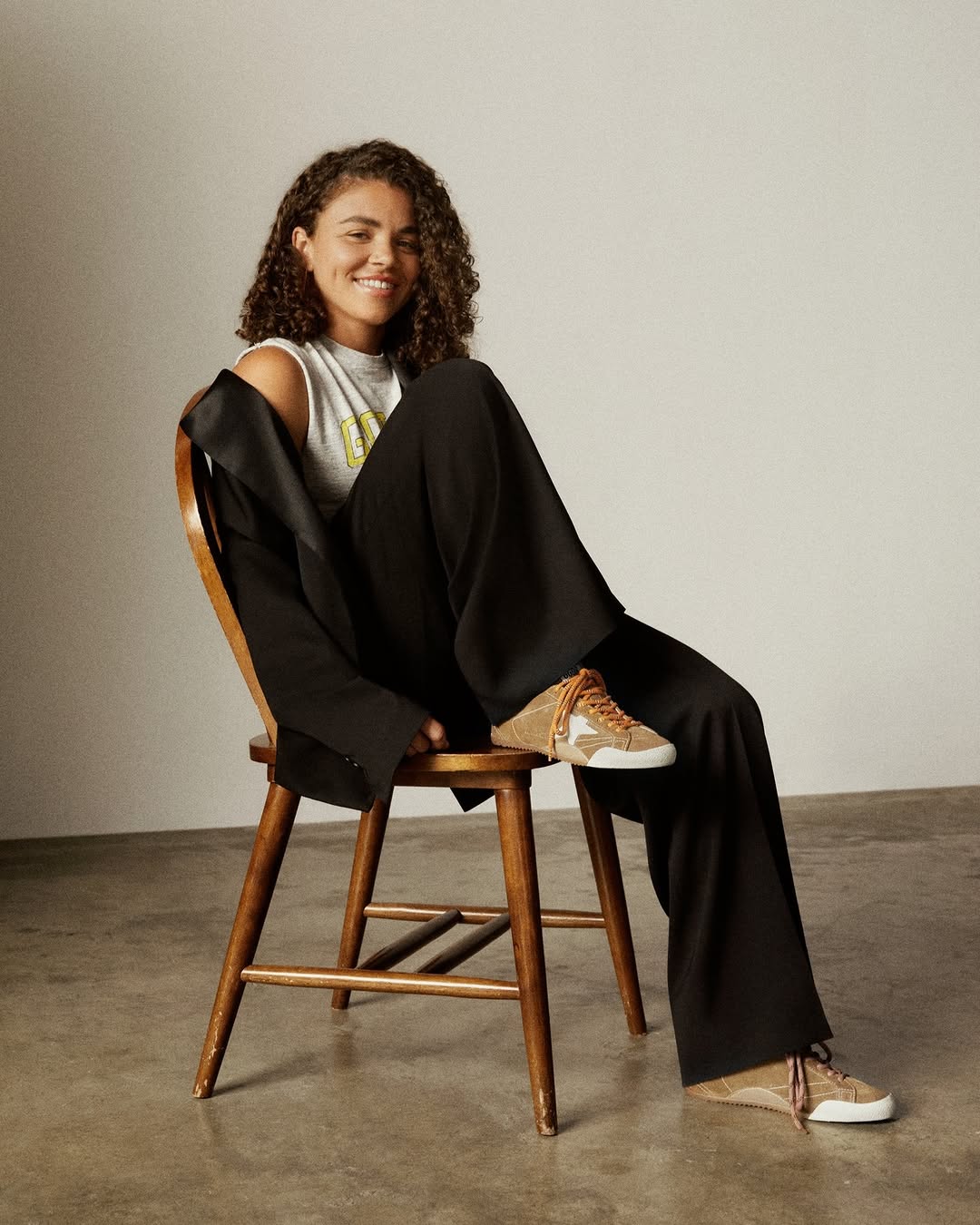
Jasmine Paolini
Conclusion: Strategy, Identity & the Price of Change
The Paolini-Furlan split was a signal that her brand had matured and demanded something new. The brief López chapter showed her willingness to take bold risks. And now, Gaio’s interim role is a testing ground.
In the business of sport, change is inevitable—but how you manage it determines your legacy. Paolini is walking a tightrope: she wants to evolve without alienating her base, to push forward without losing foundation. In many ways, her career is becoming a case study in strategic risk, brand stewardship, and the psychology of pivot.
For a lifestyle or business magazine, Jasmine Paolini’s coaching saga offers a window into how top performers evolve—not just through talent, but through team dynamics, identity choice, and narrative control. Whether this gamble pays off will be watched not only by tennis insiders but by anyone interested in how leadership transitions shape long-term success.


